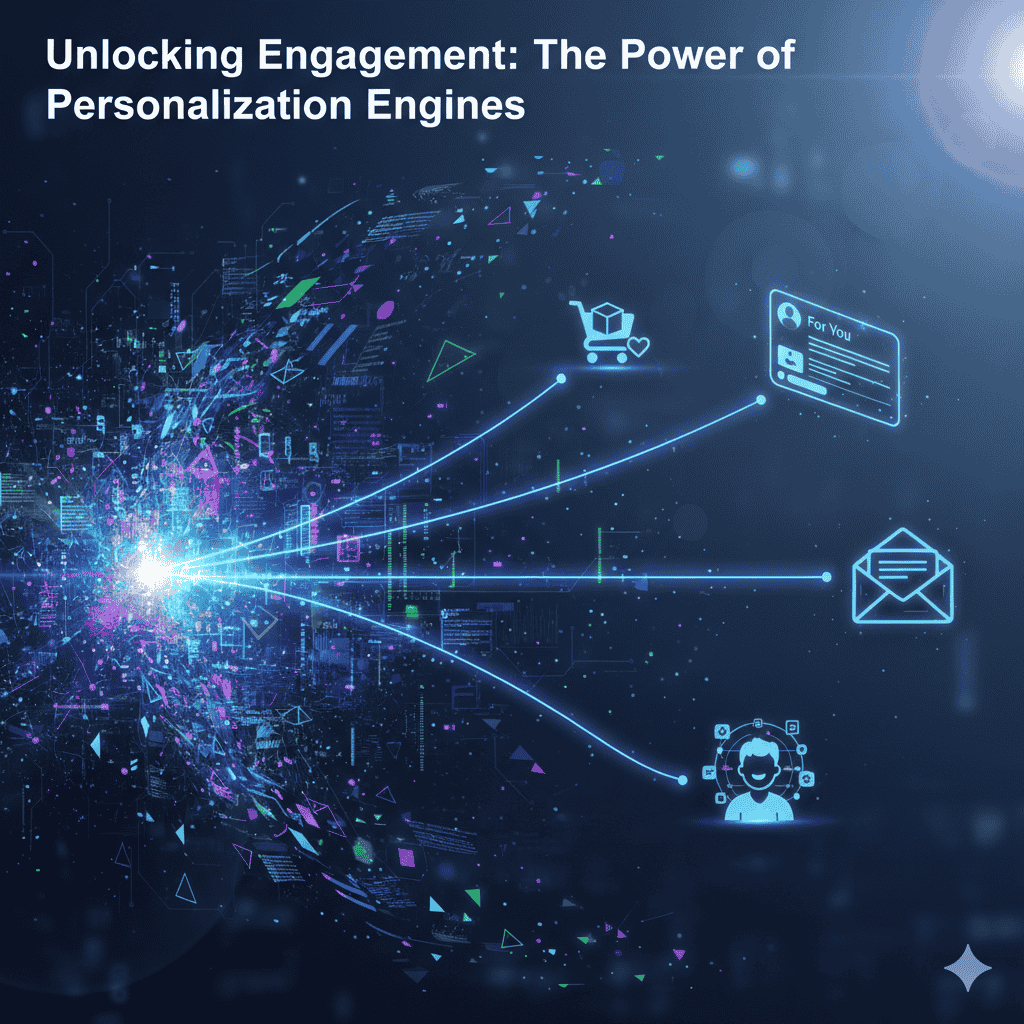In today’s hyper-competitive landscape, businesses are constantly seeking innovative strategies to stand out. The advent of artificial intelligence (AI) has instigated a personalization revolution that is fundamentally reshaping customer engagement. AI-driven technologies are not merely enhancing the customer experience—they’re redefining expectations and behaviors, demanding that businesses adapt or become obsolete.
Understanding Personalization in the Age of AI
Personalization involves tailoring products, services, and experiences to individual customer preferences. Historically, personalization has been a challenge due to limitations in data processing and analytics. However, AI has transformed this landscape, allowing businesses to leverage vast amounts of data to create deeply personalized interactions. From customized marketing messages to dynamic product recommendations, AI enables brands to connect with customers on a level that was previously unattainable.
The Role of AI in Personalization
Data Collection and Analysis: AI algorithms can sift through enormous datasets, identifying patterns and trends in customer behavior. This analysis provides actionable insights that inform a brand’s strategy, allowing them to predict what customers are likely to want or need.
Dynamic Content Delivery: With AI, businesses can create personalized content that changes in real-time based on user interactions. For instance, e-commerce platforms can display tailored product recommendations that evolve as users engage with their site.
Chatbots and Virtual Assistants: AI-powered chatbots provide real-time customer service, learning from past interactions to improve their responses over time. This results in quicker, more relevant support that enhances customer satisfaction.
Customer Segmentation: AI enables more refined segmentation than traditional methods. By analyzing customer data, businesses can identify niche audiences and craft tailored marketing campaigns that resonate with distinct groups.
- Predictive Analytics: AI can forecast future customer behaviors based on historical data, allowing businesses to proactively engage customers with offers and communications that align with their preferences and behaviors.
Case Studies: AI in Action
1. Amazon’s Recommendation Engine
Amazon utilizes AI algorithms to analyze customer behavior, providing tailored product suggestions. This system has been pivotal for Amazon’s success, accounting for a substantial amount of their sales. The more users engage with the platform, the more accurately their preferences are understood, creating a feedback loop that continually enhances the shopping experience.
2. Spotify’s Curated Playlists
Spotify leverages AI to analyze listening habits and deliver personalized playlists. Features like “Discover Weekly” and “Release Radar” are generated using complex algorithms that consider user preferences, listening history, and even the habits of similar users. This approach not only enhances user satisfaction but also deepens engagement with the platform.
3. Netflix’s Viewership Analytics
Netflix employs AI to analyze viewing patterns and preferences, which informs its content recommendations and even production decisions. By predicting what shows or movies users will enjoy, Netflix ensures that its offerings remain relevant and engaging, significantly reducing churn rates.
Challenges in Implementing AI-Driven Personalization
Despite the immense potential of AI in enhancing customer engagement, several challenges remain:
Data Privacy Concerns: As personalization relies heavily on data, customers are becoming increasingly aware of privacy issues. Brands must navigate regulations and ensure transparent data practices.
Implementation Costs: Developing and integrating AI solutions can be expensive and time-consuming, which may pose barriers for smaller organizations.
- Over-Personalization: Striking the right balance is crucial. Overly tailored experiences can lead to discomfort, making customers feel monitored rather than valued.
The Future of AI-Driven Personalization
As AI technology continues to evolve, its capacity for personalization will only improve. Future trends may include:
Hyper-Personalization: Going beyond basic preferences to incorporate context, emotions, and real-time situations.
Voice and Visual Recognition: AI that can interpret voice commands and visual cues will allow businesses to create seamless and intuitive customer experiences.
- Augmented and Virtual Reality: These technologies, combined with AI, could enable immersive shopping experiences tailored to individual tastes.
Conclusion
The personalization revolution fueled by AI is reshaping the way businesses engage with customers. By leveraging AI technologies to create tailored experiences, brands can build deeper relationships and foster loyalty. However, as companies navigate this landscape, it will be essential to address challenges like data privacy and implementation costs. Ultimately, those who embrace AI-driven personalization will not only meet customer expectations but exceed them, ensuring their place in an increasingly competitive market.









